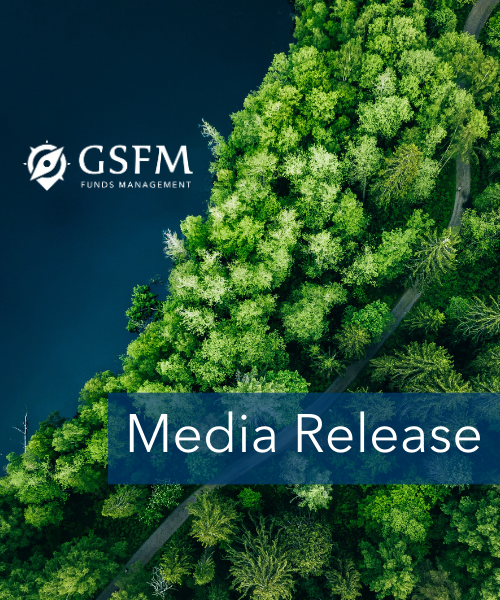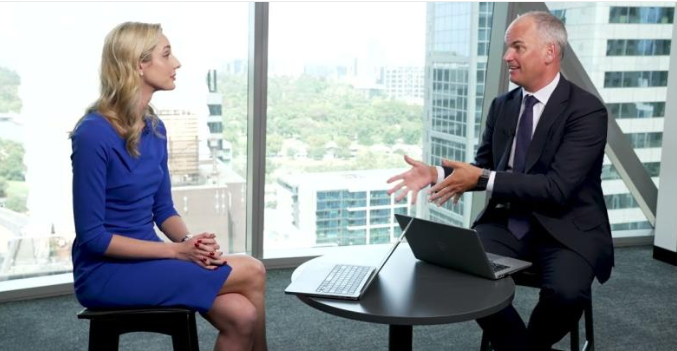The Reserve Bank of Australia (RBA) will almost certainly lift the policy rate by 25 basis points (bp) to 3.60 percent when it meets on 7 March.
The RBA minutes of the February meeting released on 21 February indicated that the RBA Board considered two options at that meeting: a 25 bp increase or a 50 bp increase, with the Board deciding there was a stronger argument for a 25 bp move. This indicates a high bar to a reversion to 50 bp increases.
I would expect that, like in February, the Board will consider a 25 or 50 bp hike and probably opt for the former.
Data releases through February would have reinforced the RBA’s existing disposition toward a 25 bp hike over a 50 bp hike. Official measures of wage growth are probably too high for the RBA, but only modestly so.
The monthly consumer price index (CPI) indicator decelerated (albeit its limited coverage of services inflation makes it an imperfect guide to the quarterly CPI) and the unemployment rate moved up slightly from levels close to a 50-year low. However, unit labour costs are running at around 7 percent on an annual basis, and other high-frequency price and labour cost measures from the NAB Monthly Business Survey continue to run at elevated levels.
The February minutes also stated that “further increases in interest rates are likely to be needed over the months ahead”. Consequently, even if the RBA Board opts for another 25 bp increase, the policy rate probably ultimately requires a “4 handle”, particularly given an earlier underappreciation from the RBA regarding the magnitude and persistence of inflation. That is not a controversial call given markets have priced that eventuality.
The pandemic saw monetary policy assume unprecedented levels of accommodation. Viewed through that lens, policy adjustments through 2022 may have represented a partial return to some version of normality and perhaps tighter conditions are yet required to meet the inflation challenge.
Drawing on the ‘70s experience, the least costly path in containing inflation in terms of potential dislocations in activity and employment is to be aggressive early in the piece.
It was this recognition that drove the US Federal Reserve and the Bank of Canada, albeit somewhat belatedly, to aggressively hike their policy rates in 2022. It is no coincidence that those economies are closer to some respite from inflation than other developed market economies, including Australia. That is true, even if inflation in the US is some way from being vanquished as markets price a terminal policy rate there approaching 5.5 percent.
The very best we can say about inflation in Australia is that it has probably peaked. But whether that is a peak that presages a plateau rather than a meaningful turning point is still an open question.
The path between containing inflation and recession becomes narrower the longer central banks delay aggressive action against inflation. The RBA’s prevarication through 2022 has meant that the path has narrowed more than necessary.
That means 2023 will be a year of slow growth – perhaps even a recession. That slowing growth was “baked in the cake” some time ago with the RBA’s tardiness in recognising the extent of the inflation challenge.
But, if the path between inflation containment and recession has grown even more narrow through 2022, a continued focus on inflation now might mean that the path is navigable and the extent of dislocation in growth and employment (both in terms of magnitude and duration) is minimised.
Stephen Miller is an Investment Strategist with GSFM. The views expressed are his own and do not consider the circumstances of any investor.





